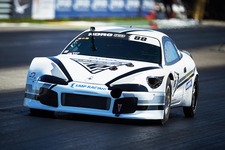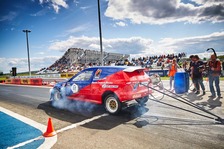Статьи на эту темуМоторный динамометрический стендЧип-тюнинг как вариант работы с ЭБУЗачем замерять мощность автомобиля
Power «with a flywheel» is known to all car owners, as it indicates its manufacturer in the documents on the machine and it is for her, for example, we all pay the transport tax. As we have already learned to know the value of such power, you can use the engine dynamometer (engine dyno). Then what kind of numbers we get when we put the car on the wheel (chassis stand / chassis dyno) dyno and want, for example, just for the sake of interest to measure its power? Usually, there is some disappointment — the power issued by the vehicle is in 99% of cases is lower than in the documents, and sometimes the difference is quite significant. How so? Does the manufacturer have «cheated» and deliberately entered the wrong data? Not at all.
The fact that the power measured on a wheeled stand — a power «on wheels», and it includes such a component as a loss. Transmission losses in general and in particular transmission. Detached on the stand motor spins much easier, and the motor installed in the car, you must also unwind shafts and gears gearbox and all the elements of the transmission — drive, transfer boxes, reducers. Even the wheels are burdensome, which is why, incidentally, avtosportsmeny and put on their cars if possible maximum light alloy wheels. As a result of these losses, the numbers on the screen after measurement different from those that are industrially vehicle documents. Is it possible to obtain objective data on power «on the flywheel», actually measuring the power «on wheels»? At 100% there.
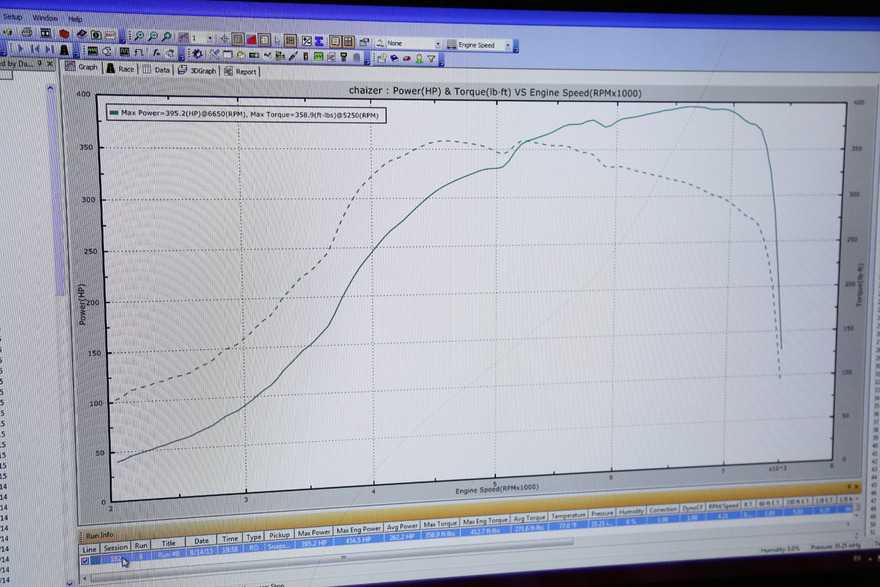
It is possible to calculate the rate as close as possible. This is done by recording losses schedule: he formed stand, when, after the acceleration to the maximum speed at which the power will be stopped, the car slows their progress. losses plus the power curve «on wheels», and as a result we have almost the power «to the flywheel.» We say «almost» because there is still such a thing as hydrodynamics, which varies depending on the speed. And it can not be measured. The most we can do is take a certain coefficient, which would display this process. But in any case, no matter how advanced was not a wheel stand, he froze for a 100% real information about the capacity of the motor (ie, «with a flywheel,» not to receive).
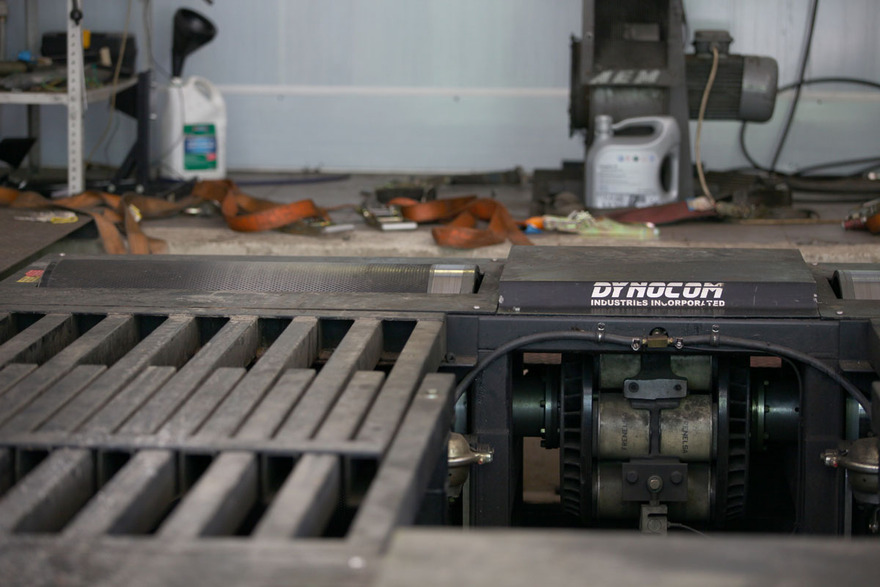
Thus, to be more objective wheel dyno better to use a tool for comparison. With his help, you can see what effect gave the installation of a spare and how effectively passed setting. We put the car on the stand and get some initial curve of power and torque, and then produce a specific set of changes to the engine, re-set the machine on the stand, and get a new power curve and the time after these modifications. As you know, the ideal is to measure the power of the «before» and «after», only then will understand the real effectiveness of the work done on tuning. And to do this it is imperative on the same stand. Since the boards are different in structure, two different stand ceteris paribus more likely to show different results. Of course, there are many opinions about what firm stand correctly, which measures the better, but most importantly, that it is as close to the real conditions of use of the vehicle. That is, if the stand car accelerates to 200 km / h, then blowing it must be appropriate. If a blowing velocity is only 40 km / h, the vehicle will operate in completely different conditions as to temperature and density oncoming flow, and hence the control unit will make appropriate adjustments in process operation of the engine system — ignition and injection. This not only comes into question the objectivity of the data, but there is a danger of harm to the engine.
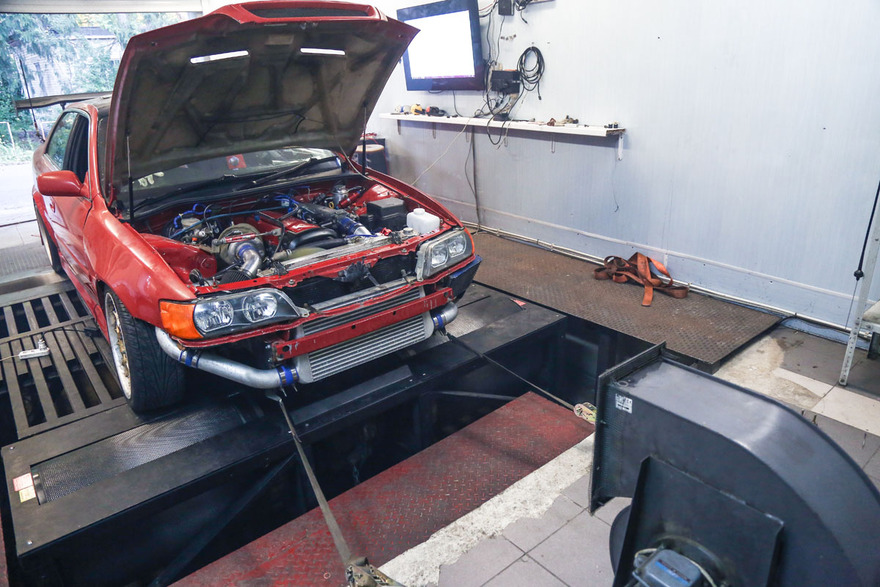
What conclusions can we draw? For most purposes it is sufficient to have data «on wheels», they need to receive before and after making changes to the car and it is desirable at the same booth. Booth, in turn, should provide the working conditions of the machine, as close as possible to those in which it will be used in reality. It was under these conditions, you can be sure that on the road the car will show the same results as in the measurements. And if you are of fundamental importance to know the exact power «with a flywheel» — remove the engine from under the hood and put it to measurements on the motor stand.
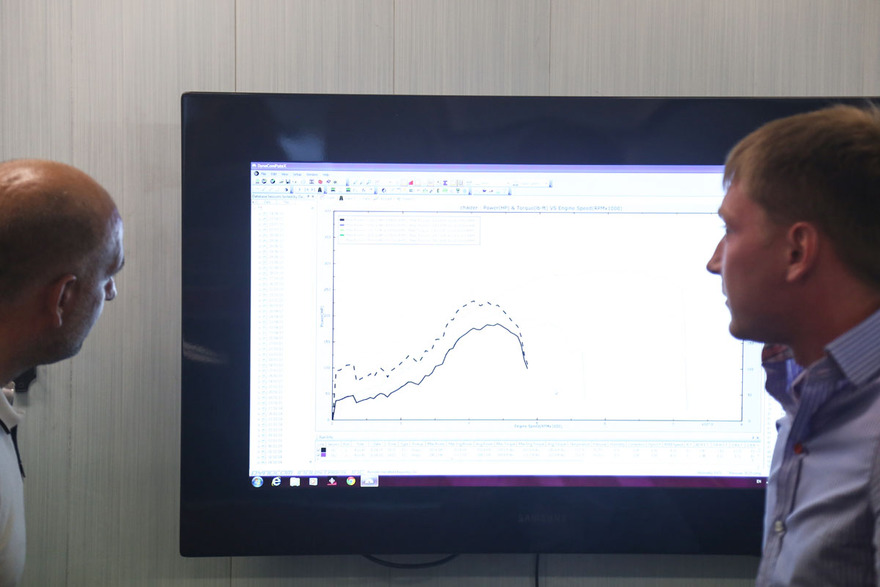
Photo: Svetlana Parfyonov




